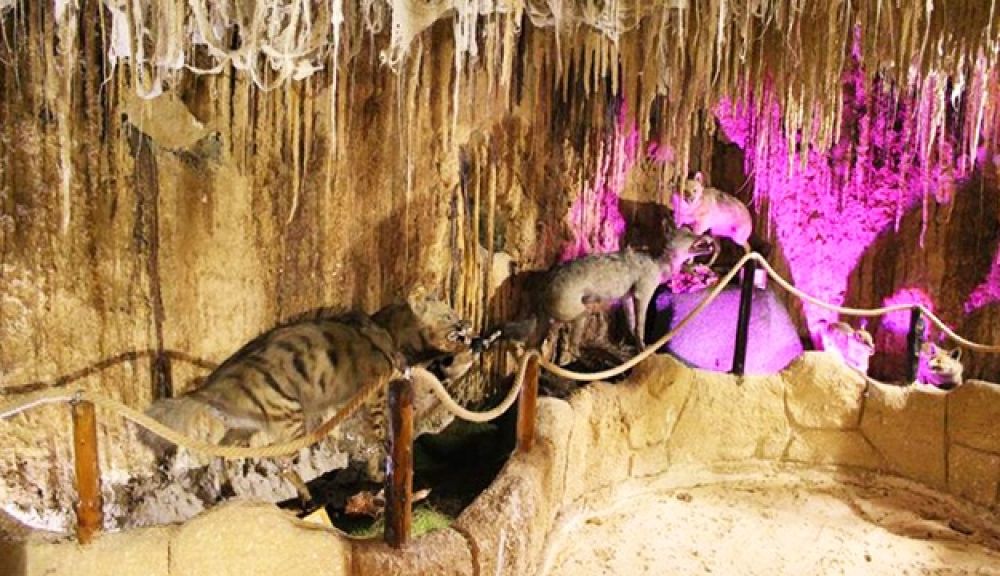

Jeita Grotto, a system of two separate, but interconnected, karstic limestone caves located in the Nahr al-Kalb valley within the Jeita region of Lebanon, is one of the country's most stunning natural wonders. The upper galleries, known for their impressive stalactites and stalagmites formation, are accessible by foot, while the lower galleries are visited by boat.
The exploration of Jeita Grotto dates back to the 19th century when American missionaries discovered the upper cave in 1836. The exploration of its lower sections started in the 20th century and revealed the site's full splendor. Jeita Grotto has been a finalist for the New 7 Wonders of Nature and is a patriotic symbol of natural beauty in Lebanon. The site also boasts the Jeita Grotto Museum that highlights geological, historical, and cultural aspects of the caves.
Tourism in Lebanon is rich and diversified, reflecting the country's history as a meeting point for diverse cultures and religions. The country's tourism industry began flourishing in the early 20th century. Post their independence in 1943, Lebanon invested in its hospitality sector and experienced a tourism boom, gaining the title of the "Switzerland of the East" for its financial power and diversity. Despite periods of instability, tourism has been a resilient economic driver for Lebanon with destinations like Jeita Grotto remaining popular among tourists.
Visitors to the Jeita Grotto can experience the caves through a mix of walking and boat tours. The complex is equipped with a cable car, a mini train, and a series of walkways to facilitate access to the geological marvels. The Jeita Grotto Museum provides insightful information for those looking to delve deeper into the geological formations and the history of the caves.